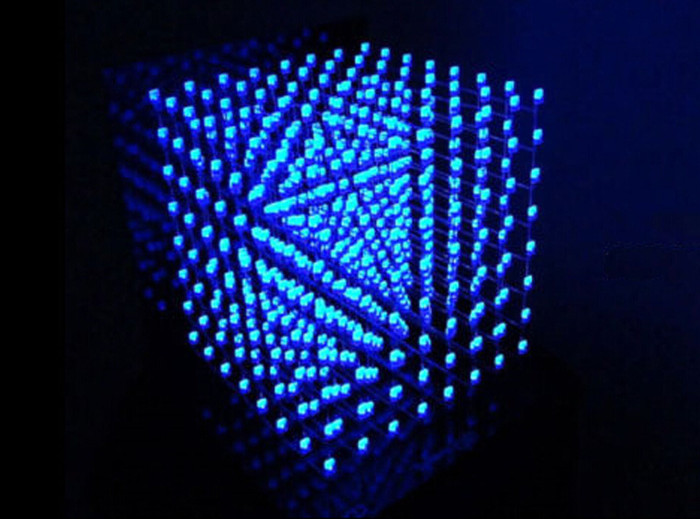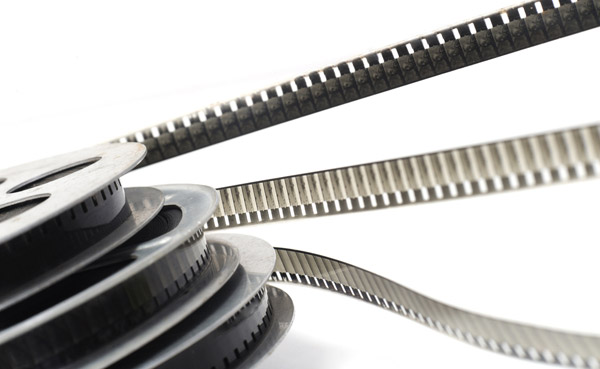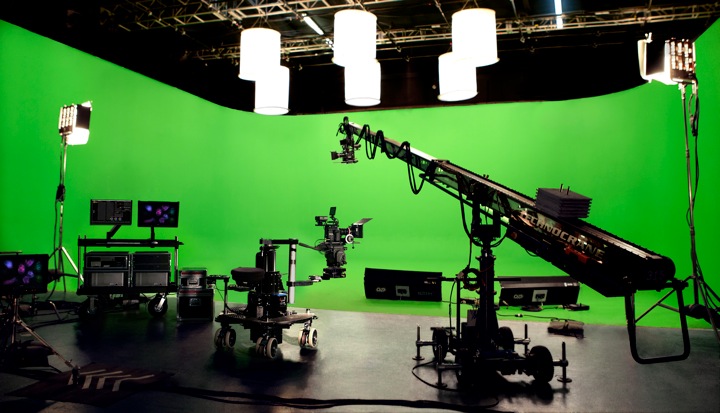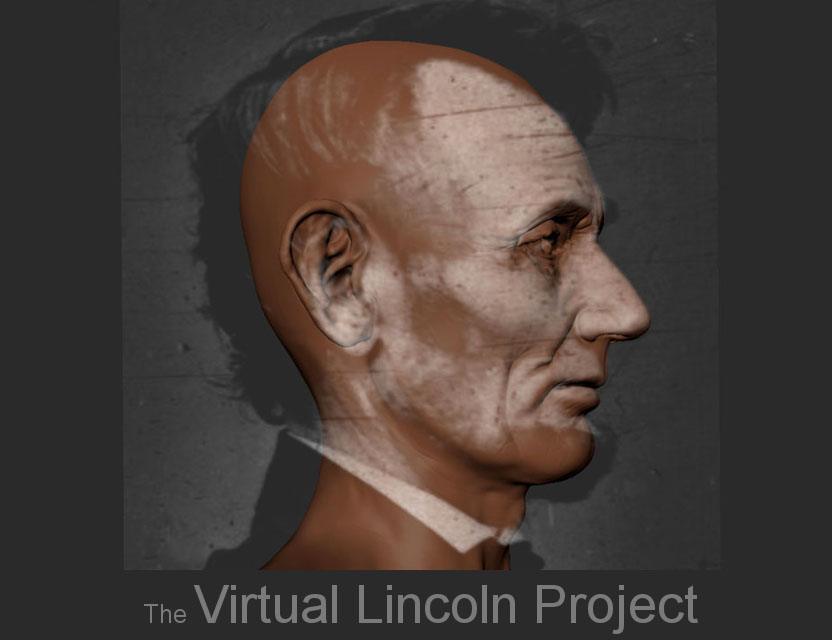Photography Tutorials
Lenses Optics Filters Development
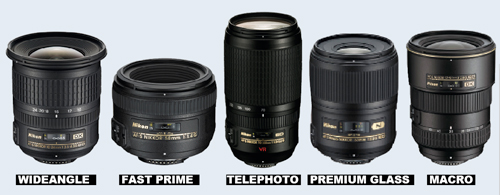
Camera Lenses
Most camera lenses are named after the focal length at which they work best. Different lenses can achieve different looks to your shots. 14mm is close to your average smartphone camera. 50mm is the standard for general shots. 85mm is usually said to be good for portraits. 85mm+ Telephoto lenses are used for far away shots where you want to zoom in really close. Telephoto zoom magnifies shots even more.
Fisheye lenses have high distotion around the edges like a convex mirror, and are used mainly for experimental effects. Wide angle lenses are generally used for panoramic or landscape shots.
Phillip McCordal: All about lenses for beginners
COOPH: 7 Simple Photography Hacks

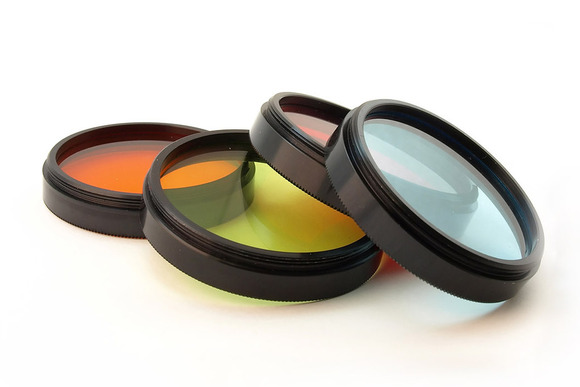
When to use lens filters
Filters can be fairly pricey for something you might not use all that frequently, but in certain cases they can really add some nice effects your shots if you know how to use them properly. The most common types of lens filters are UV, ND, Polarizer, Tilt shift, Hood, and various types of color gels. It's also possible to create your own homemade filters, but be careful not to touch the camera lens since the sensitive coating scratches easily.
D4Darious: Lens Filter Types
Polarizers

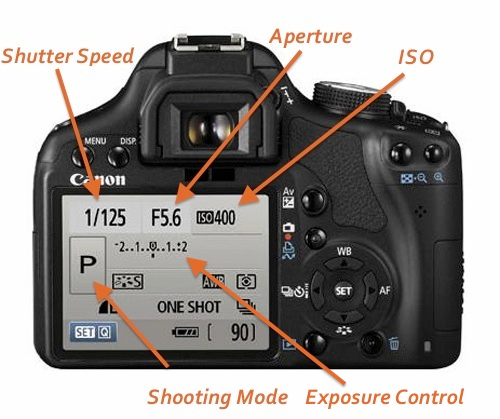
DSLR Camera
Every camera has a slightly different layout menu and button placement, so getting used to the control settings takes some practice. In general, it is recommended to adust camera settings before every shoot. If you change locations, the settings will probablly need to be adusted again.


F-Stops
The F-Number or F-Stop is calculated by N=f/D, where f= focal length and D= aperture. The simple explanation is that the F-number relates to the focal length, which is the distance away from the camera that a subject will appear in focus.

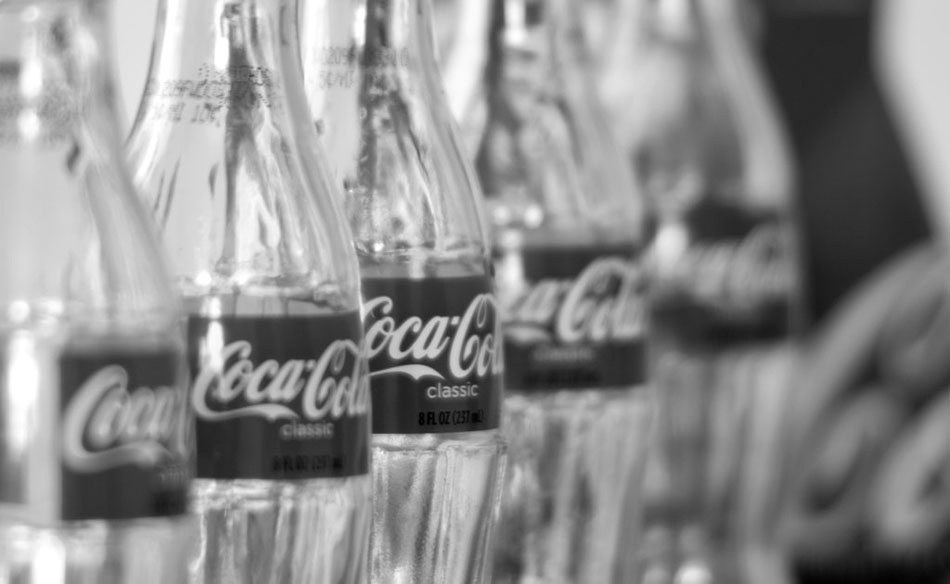
Depth of Field
Depth of field refers to how many areas in a shot will be in focus. This generally consists of the foreground, mid-range, and background. Shallow depth of field will only focus on one subject plane while everything else appears blurry. Deep focus will make a long shot appear in perfect clarity. Adjusting the camera F-stops and iris will change the focal distance.

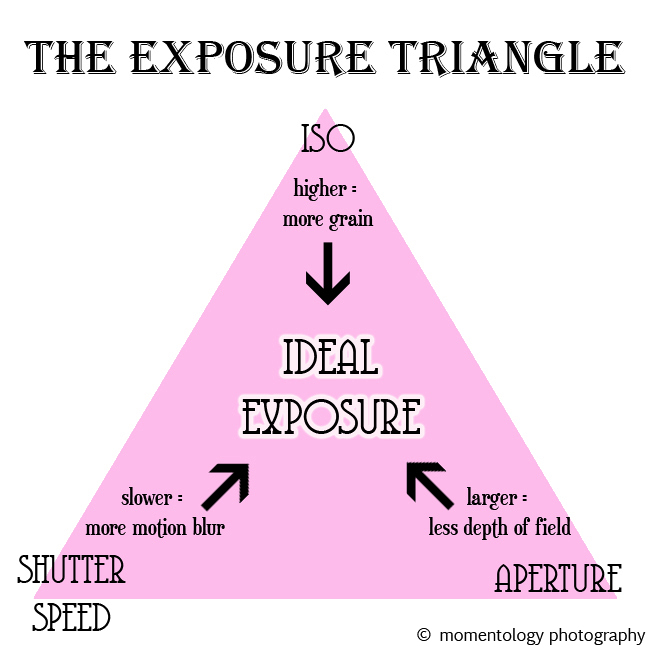
Exposure
Pointing a camera and snapping a picture that looks good isn't as easy as it sounds. Photographers tend to shoot in lots of different settings, lighting conditions, and times of the day. This creates a lot of variables that the photographer must account for. The most common problem is forgetting to adjust exposure settings on a sunny day, resulting in washed out photos.
Aperture and white balance can affect the exposure. Level adjustment in post can also sometimes mitigate exposure issues, though it cannot replace lost detail. Underexposed (dark) images are more salvageable than overexposed photos.
After Effects Color Finesse Color Correction

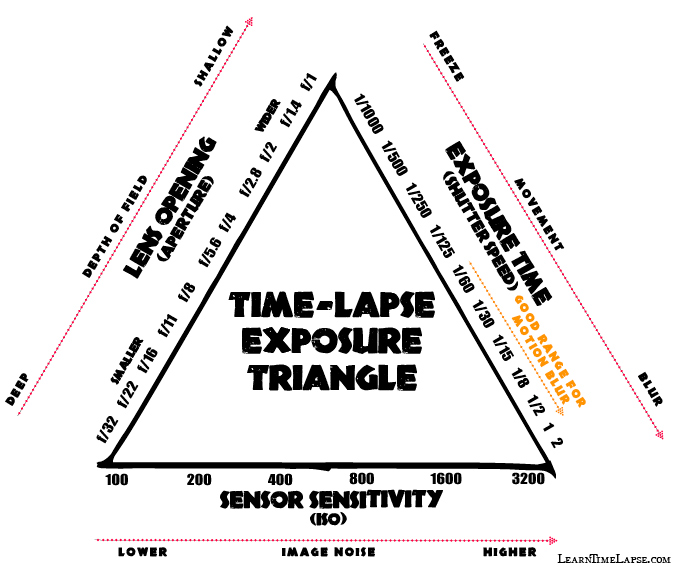
Shutter Speed
Shutter speed is another term for exposure, referring specifically to how long the camera aperture is left open to expose the film/camera sensor.

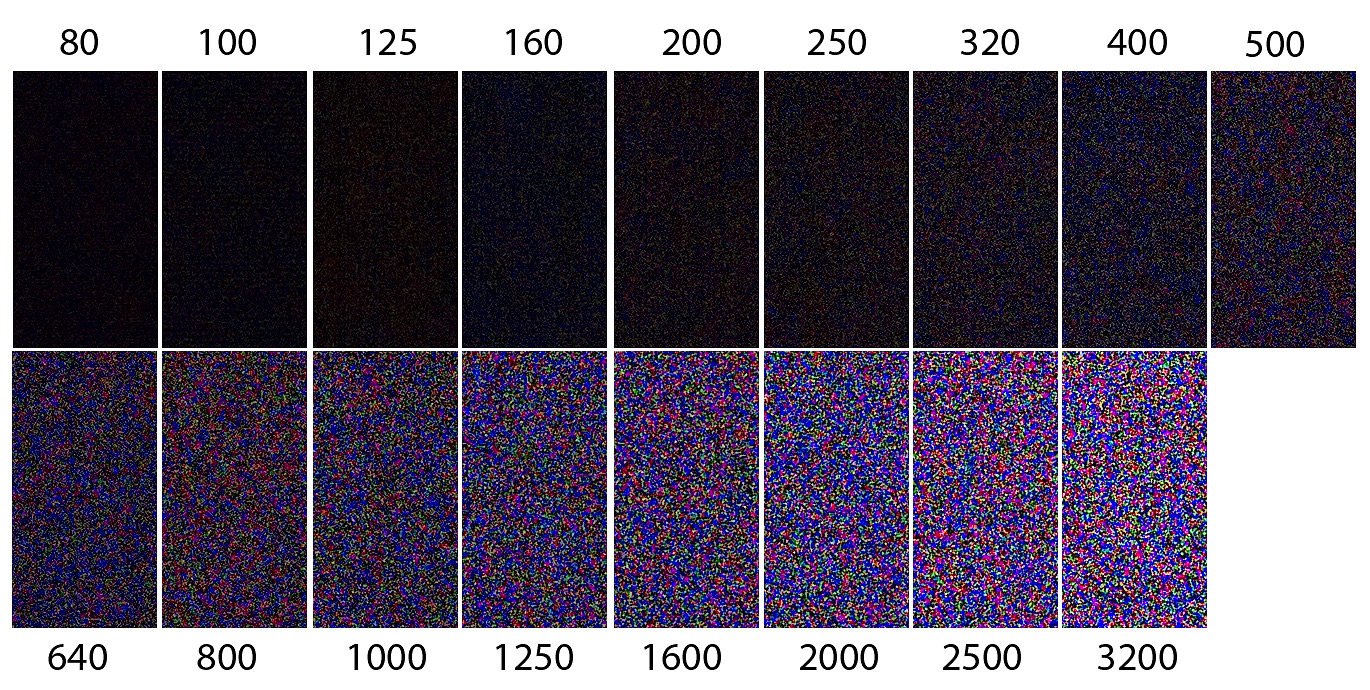
Noise
Noise and grain are the bane of photographers. Noice consists of annoying little pixelation artifacts that speckle the photo. Low lighting is the usual cause of noise. ISO settings need to be adjusted to minimize the amont of noise.
wikiHow: How to Avoid Noise in Your Digital Photography

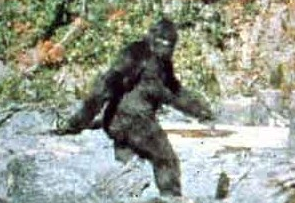
Blurry Footage or low resolution images
The camera was probably out of focus, or else the video dimensions weren't set at a high enough resolution. If sharpening the image quality, contrast, and reducing noise in Photoshop doesn't help, there's not much that can be done. Unfortunately there isn't any way to magically make poor resolution appear higher quality.

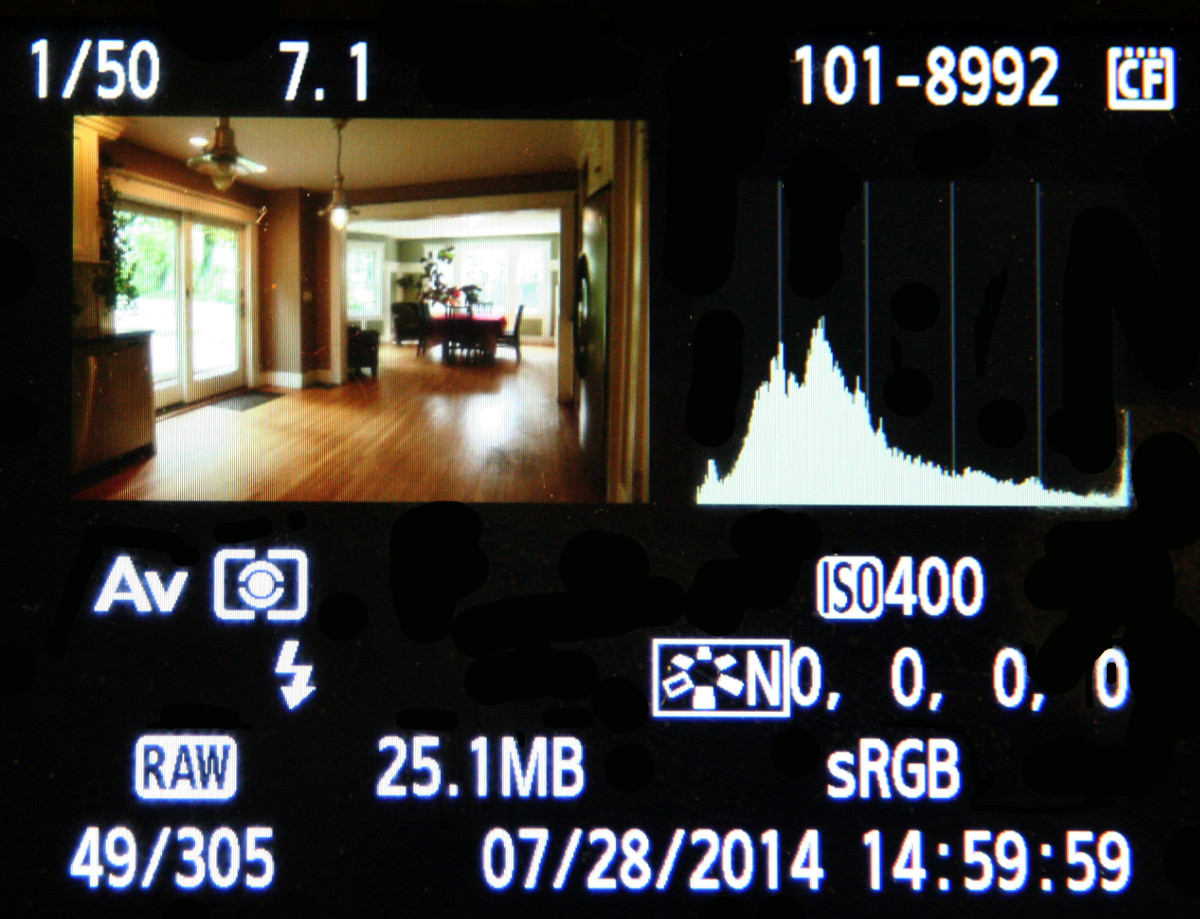
Histograms
The lighting on a camera screen isn't always exact. Histograms are used to ensure the camera records the level balance you want. The graph reads from left to right and is split into shadows, midtones, and highlights. The photographer can estimate at a glance if a photo has the right amount of contrast or not just by looking at the histogram distribution.
RocketJump Film School: PRO TIP: How To Use A Histogram

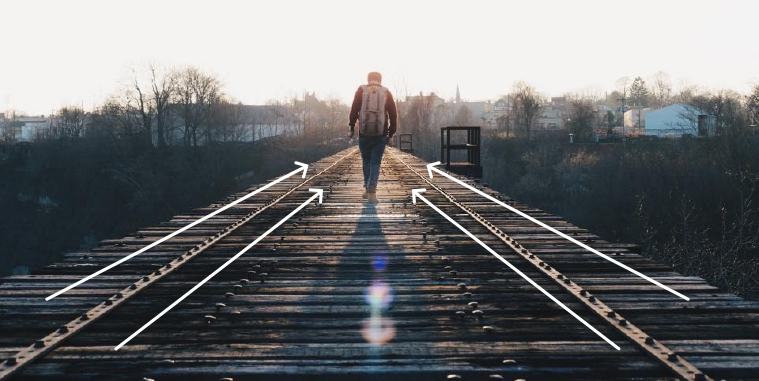
Composition
Having a good eye for natural aesthetics is essential to good photography. There are also composition tricks that can be used to produce more interesting results. Leading lines will guide the viewer's eye towards a subject. Framing and mattes can be used to direct the viewer's attention to one specific area. Reflections, trompe l'oeil, and optical illusions create unusual and interesting effects. The art of photography is so much more than just pressing a button on a camera. Photography is taking shots that reflect the photographer's understanding of technique and purposeful stylistic choices.
BorrowLenses: 47 Essential Photography Tips for Beginners
Expert Photography: How to Use Leading Lines to Improve Your Composition

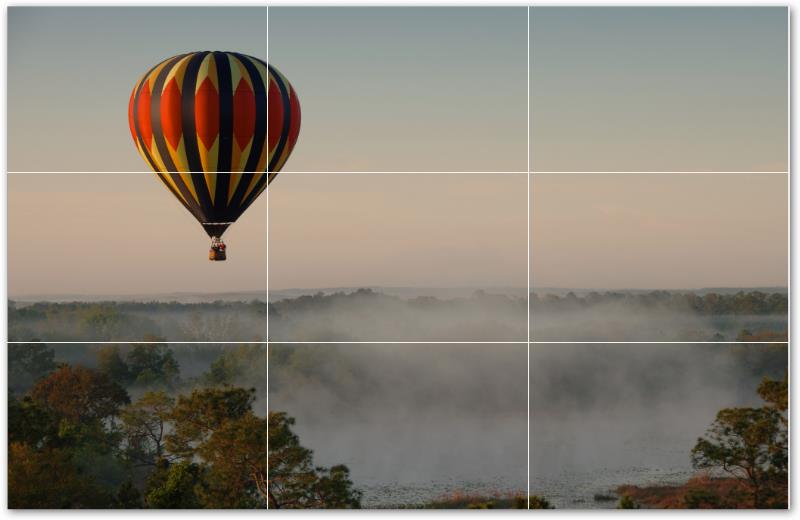
Rule of Thirds
The rule of thirds is an aesthetic principle similar to the golden ratio. It isn't a set rule that is necessary for every shot, but in some instances the proportions can provide a nice asymmetrical balance to a shot.

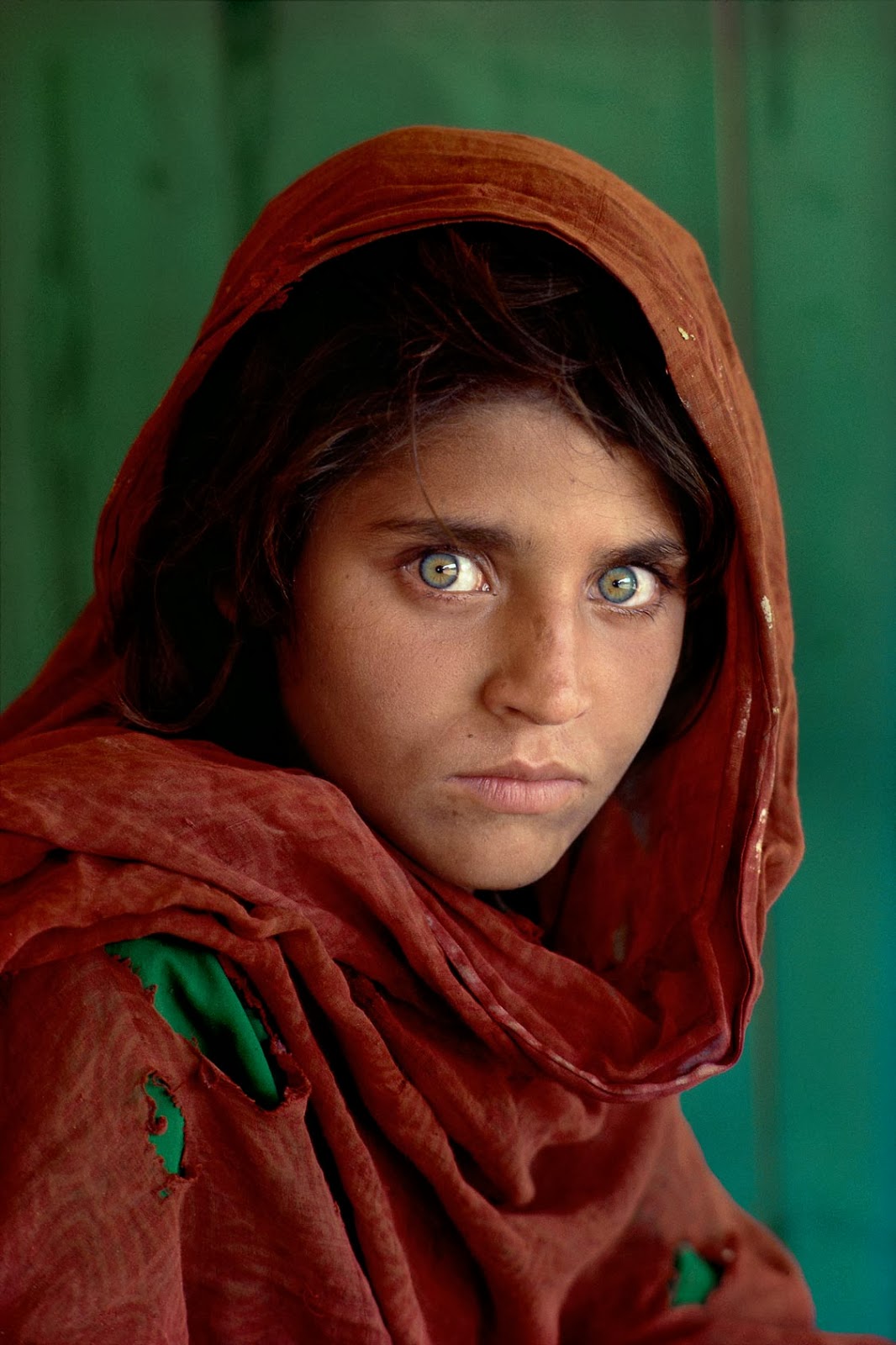
Portraits
Anyone who has experienced bad yearbook photos and driver's license mug shots can attest that portraits are difficult to get right. Many portraitures involve elaborate staging and posing. Fashion photography beauty shots typically involve taking lots of pictures in a variety of poses to get one perfect picture. Makeup, Photoshop, and carefully placed fans don't hurt either.
One important principle that professional photographers and artists stress is that a portrait should say something about the subject. If the portrait doesn't capture personality or embody who the person is, it's just a nice looking picture. There's a difference between a picture of a dog and a portrait that conveys that loyal canine is somebody's best friend in the whole world. The photograph needs to look beyond the external appearance. Eyes are said to be the windows to the soul, and even subtle expressions also can convey a lot of meaning.
National Geographic: A Life Revealed

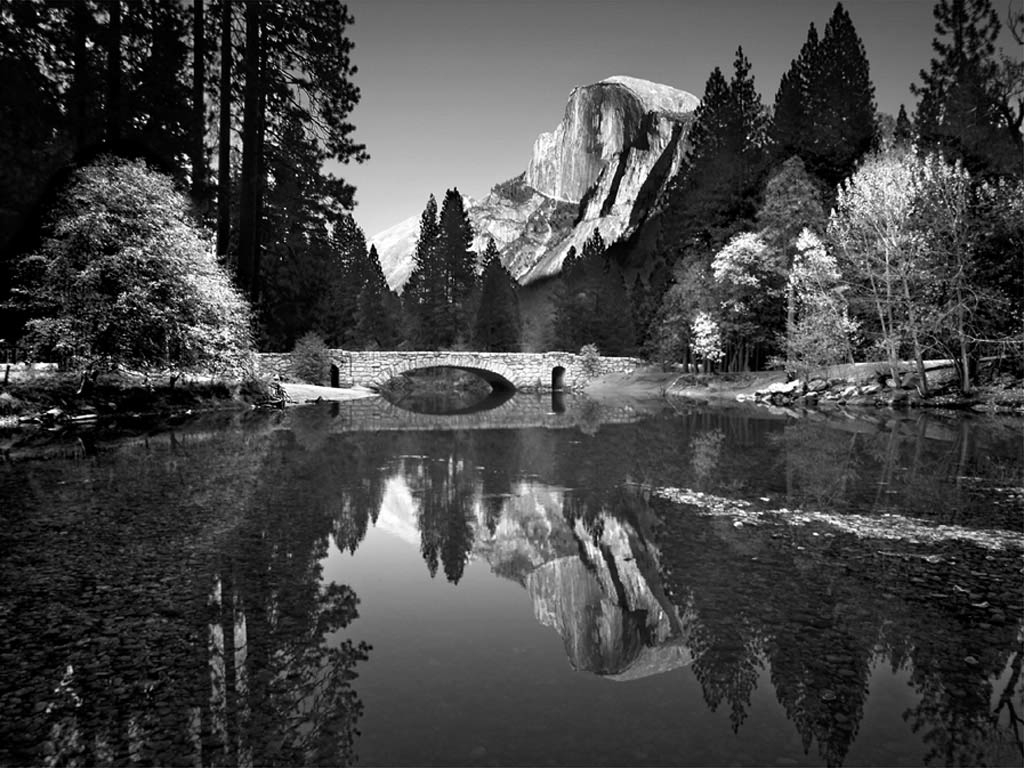
B/W Photography
Black and White photography is great for capturing detail and texture. It is recommended to shoot in RAW format. Shadows and an even range of contrast generally help add depth to the composition. Shoot with as low of an ISO as possible to prevent noise.
TutsPlus: Mastering the Art of Black and White Photography
Improve Photography: Tips For Stunning Black and White Photography

Night Photography
Camera sensors have difficulty picking up details in low lighting levels, which can produce artifacts called noise in a photo or video. The best way to avoid getting undesireable artifacts is to adjust the ISO settings.
Fenchel and Janisch: How to shoot a DSLR at night without getting lots of noise

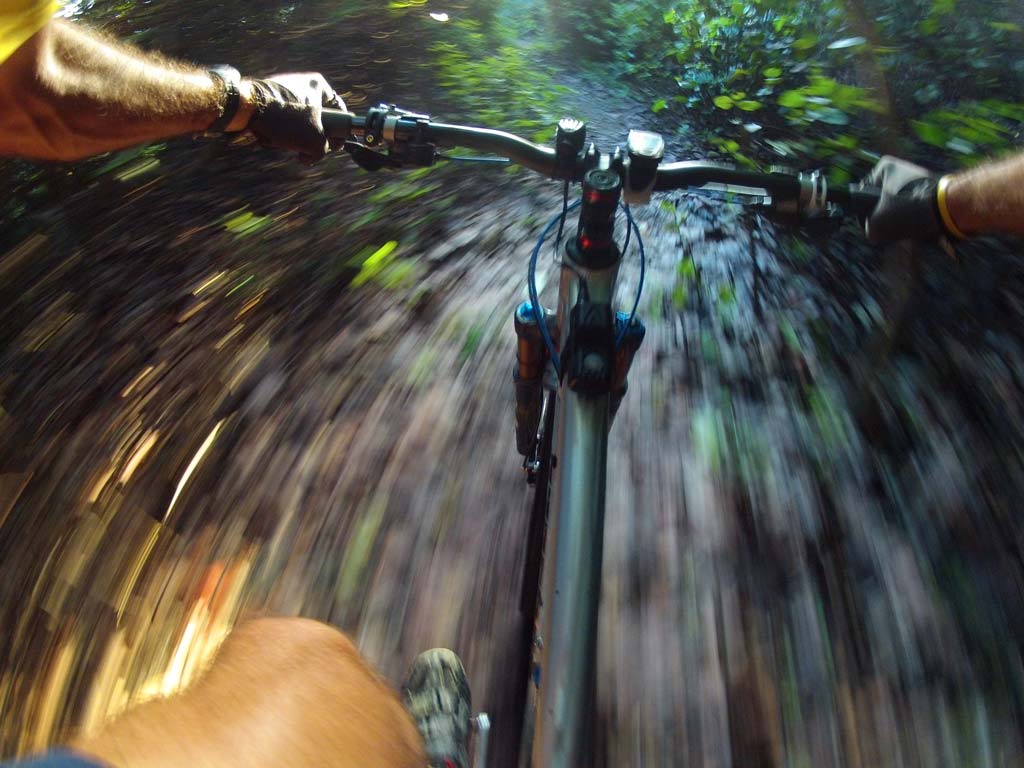
Motion Blur
Usually when an object is moving and you try to take a picture, you'll end up with photo that is an unusable blurry mess. However, motion blur can create some really interesting effects. Dynamic action shots or experimental ghostly after-images are some popular examples. The exposure time is the main factor.
Graphic Design Junction: Amazing Motion Blur Photos for Inspiration

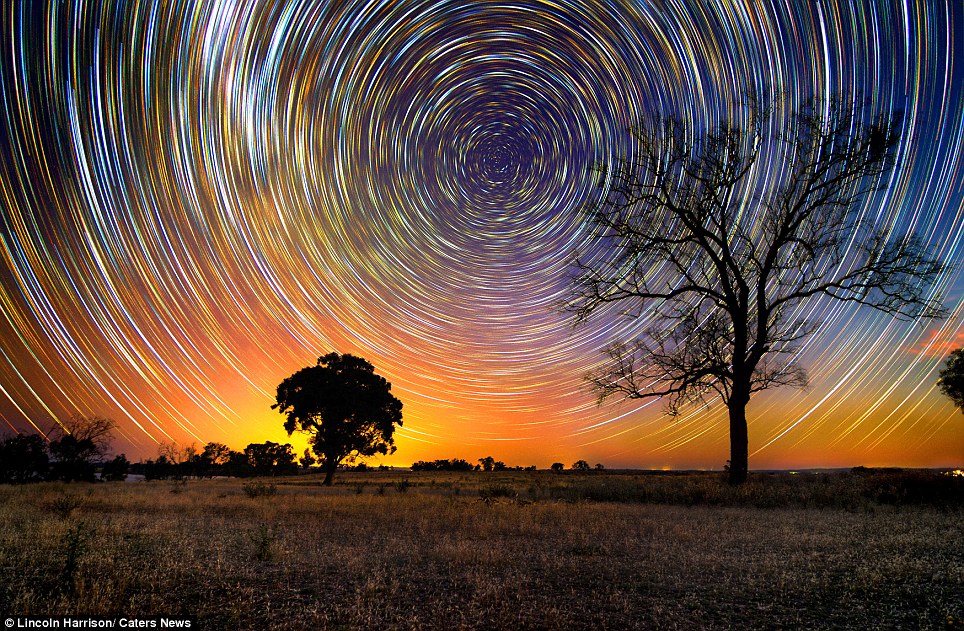
Timelapse
Timelapse photography uses a long exposure to captue time passing. It generally works best if movement is confined to one area of the composition while a focus area remains still. Timelapse photography works well with city traffic, the sky, and light painting. Long exposures can also be used to capture action so that it looks like staggered frames or slow motion.

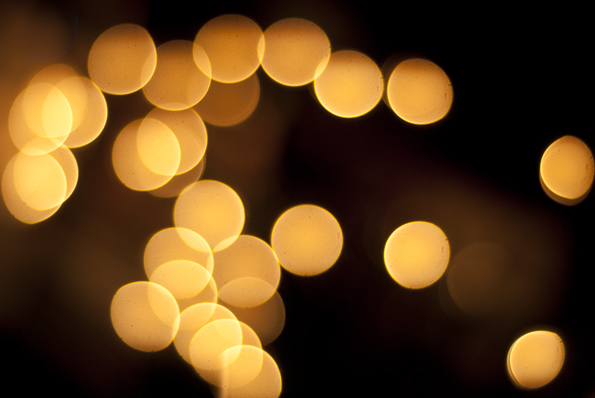
Bokeh
Bokeh effects are created by out of focus points of light, usually seen in the background
Photo Extremist: Bokeh Photography Tutorial

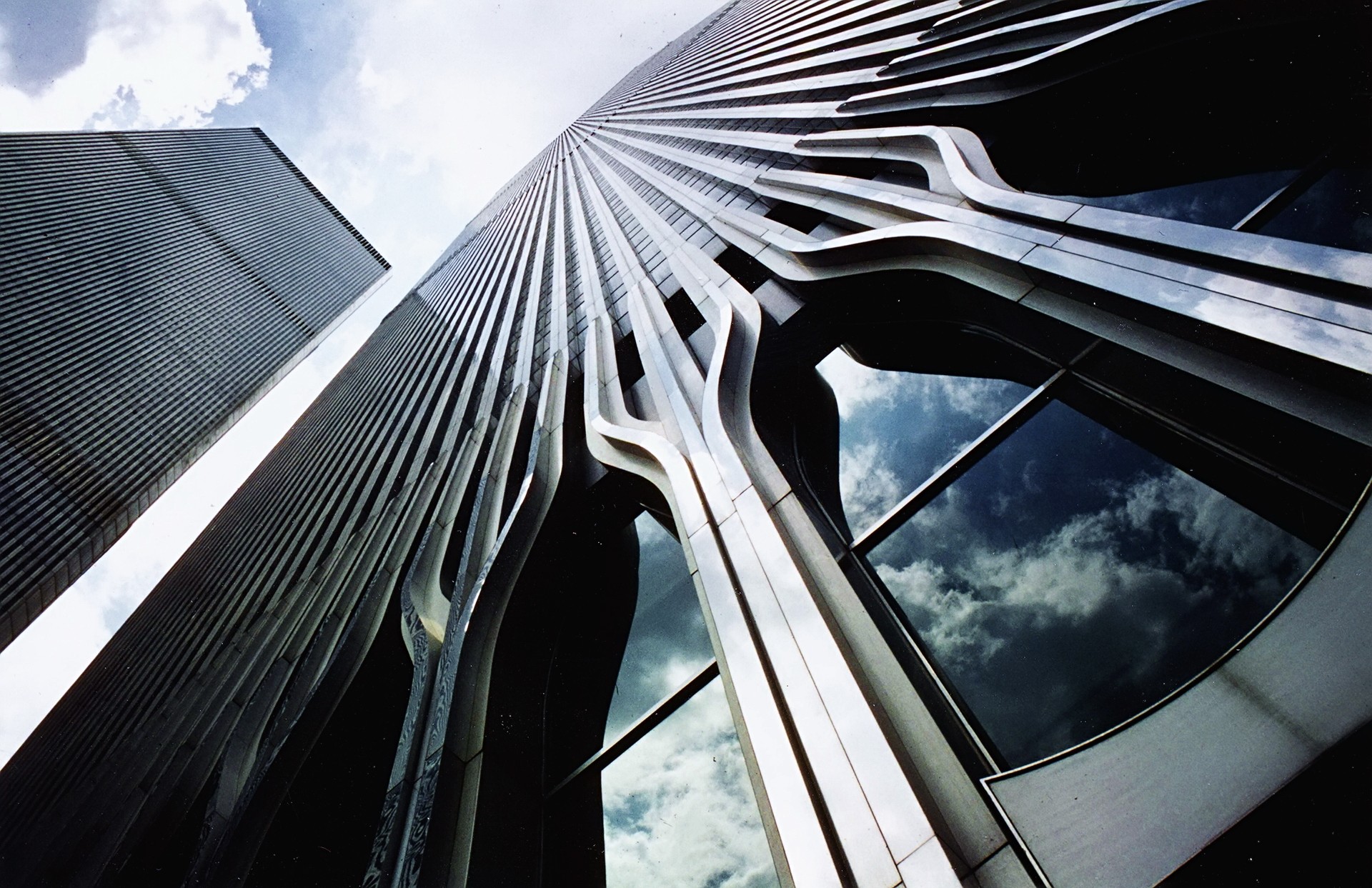
Worm's Eye View
This is a low angle shot that is generally used to make objects appear even taller. It is frequently used for architecture, trees, and plants. It can also be used for dramatic shots.
The opposite shot is the Bird's Eye View, which looks down and makes subjects appear smaller.

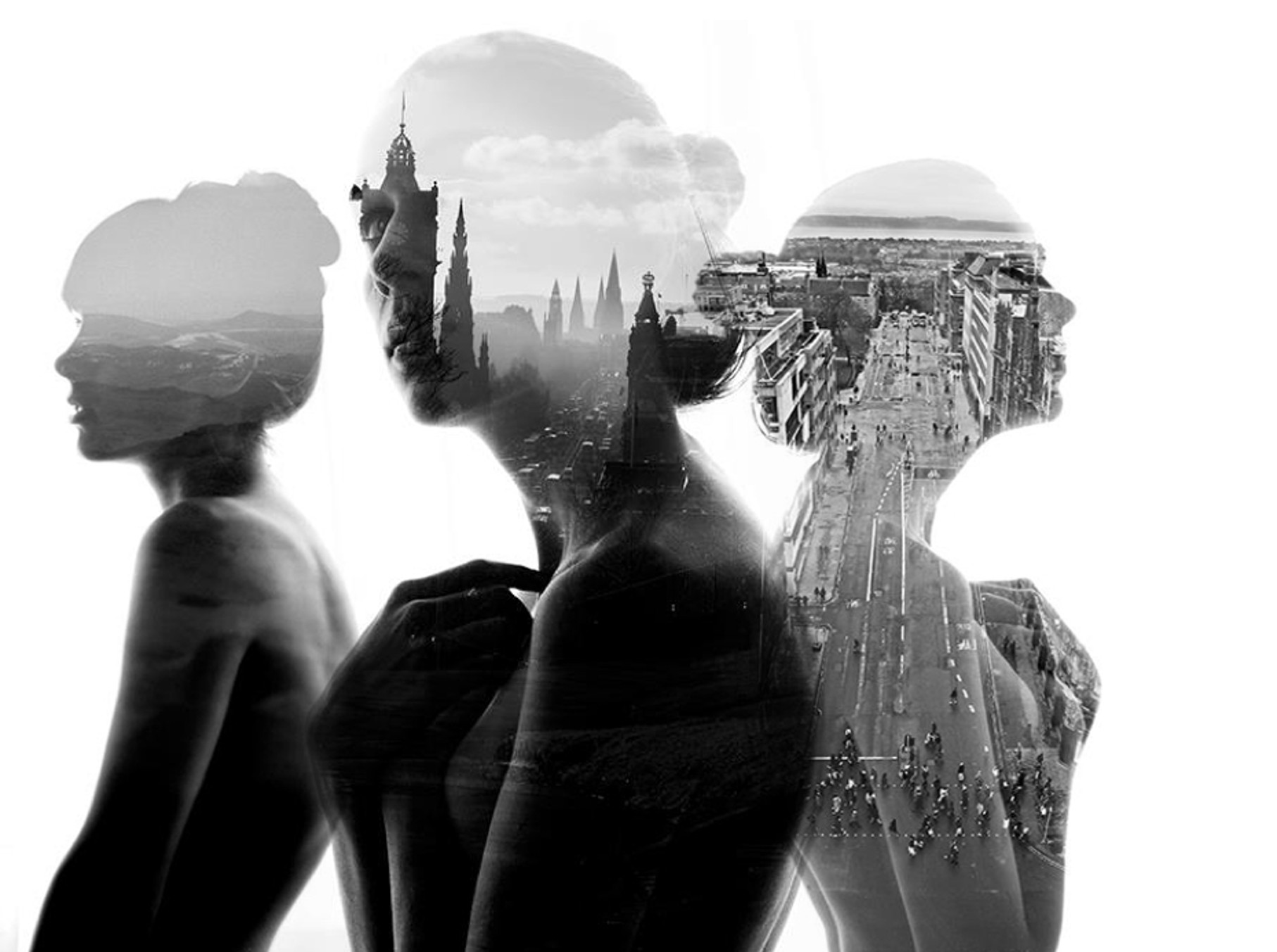
Aneta Ivanova http://anetaivanova.com/
Double ExposureDouble Exposure is a technique used to capture two images on one photograph. Many photographers use it to create surreal black and white portraits. Multiple exposure can be used to create clones of the same person. It is relatively simple to achieve the same effect with Photoshop.
Spoon Graphics: Double Exposure Effect Photoshop Tutorial
Howard Pinsky: How to Create a Double Exposure in Adobe Photoshop
PHLEARN: How To Create a Double Exposure in Photoshop

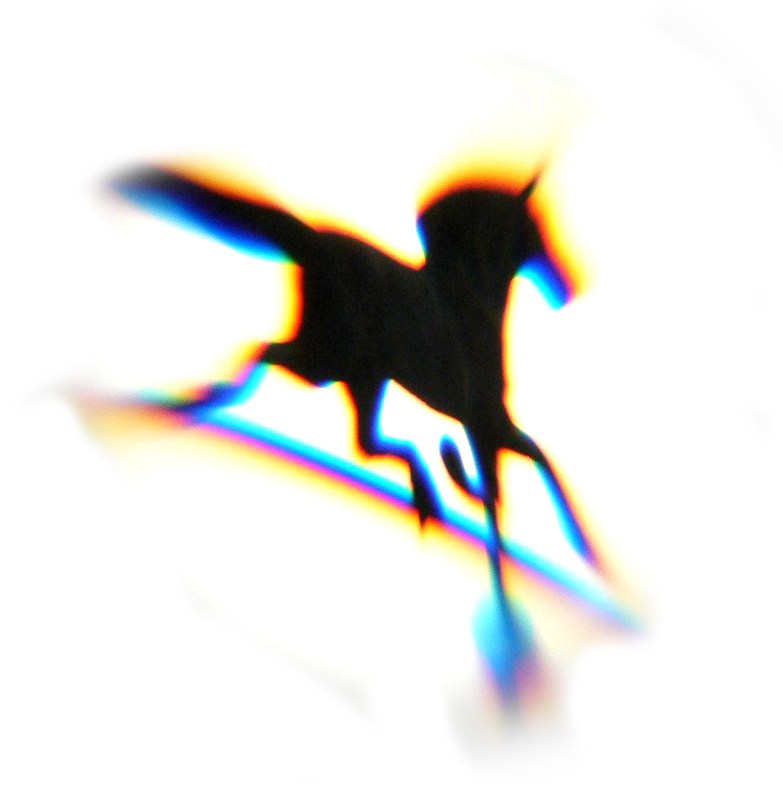
Chromatic Aberration
Chromatic aberration is caused when the curvature of the lens causes colors to misalign due to refraction. Usually this results in a fuzzy pink or blue outline. The degree of distortion varies. Normally it results in slight fuzziness and is barely noticeable, which is why it can easily slip past the photographer's initial notice. Certain filter lenses can reduce aberration, but in most cases it is difficult to fix in post due to the loss of detail.

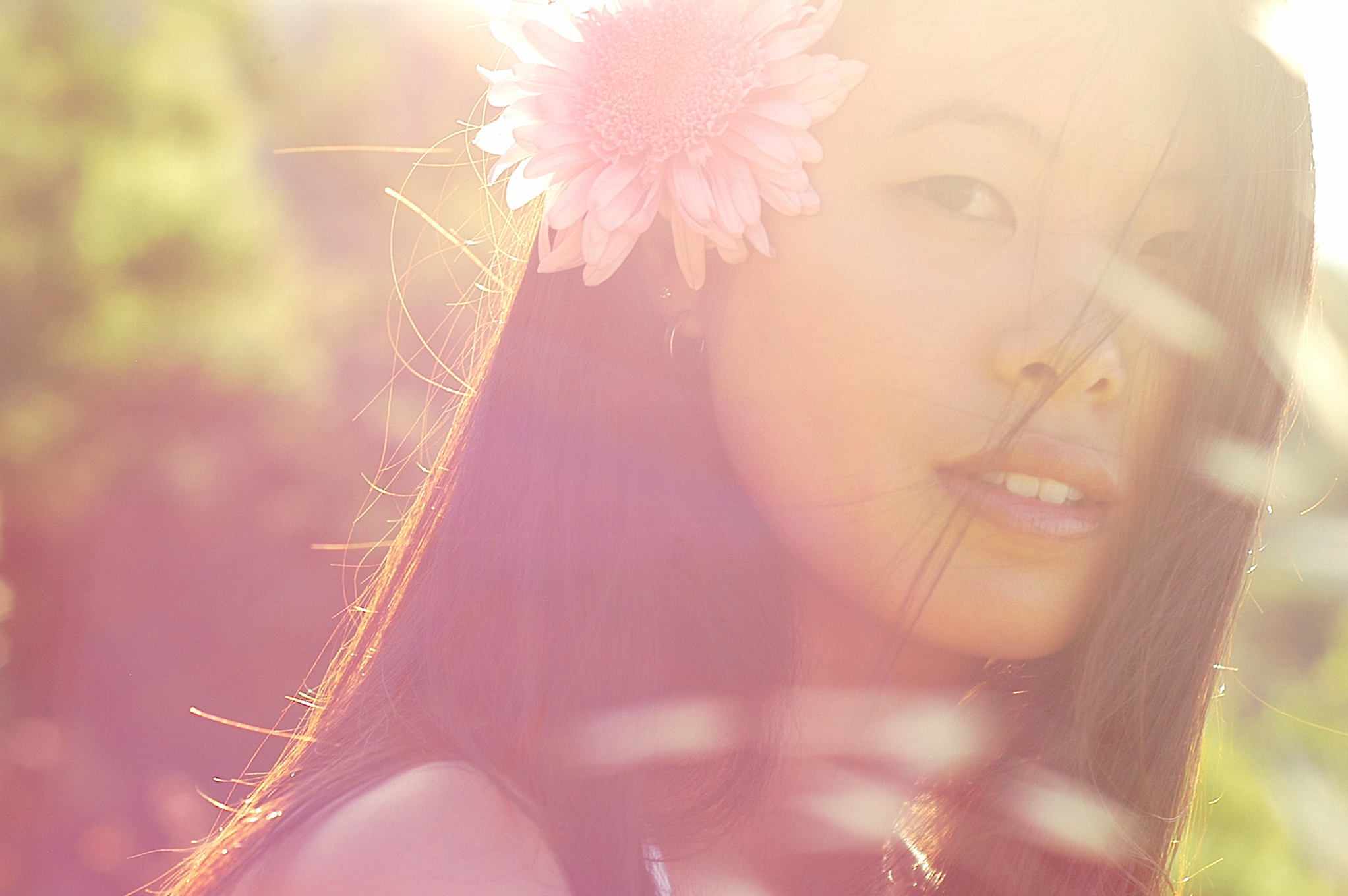
Bloom
Bloom is a hazy washed out quality caused by too much sunlight. Normally it would be an undesirable quality for a photograph, but some individuals like the dreamy atmosphere it creates. Portraits, wedding photos, fashion, and romantic shots are generally the worst offenders. There are times when bloom works and times that it just seems really sappy, so use it only when appropriate to the subject matter.
Digital Photo Secrets: How to Avoid Blooming
Expert Photography: How to Shoot Into the Sun and Produce Beautiful Lens Flare

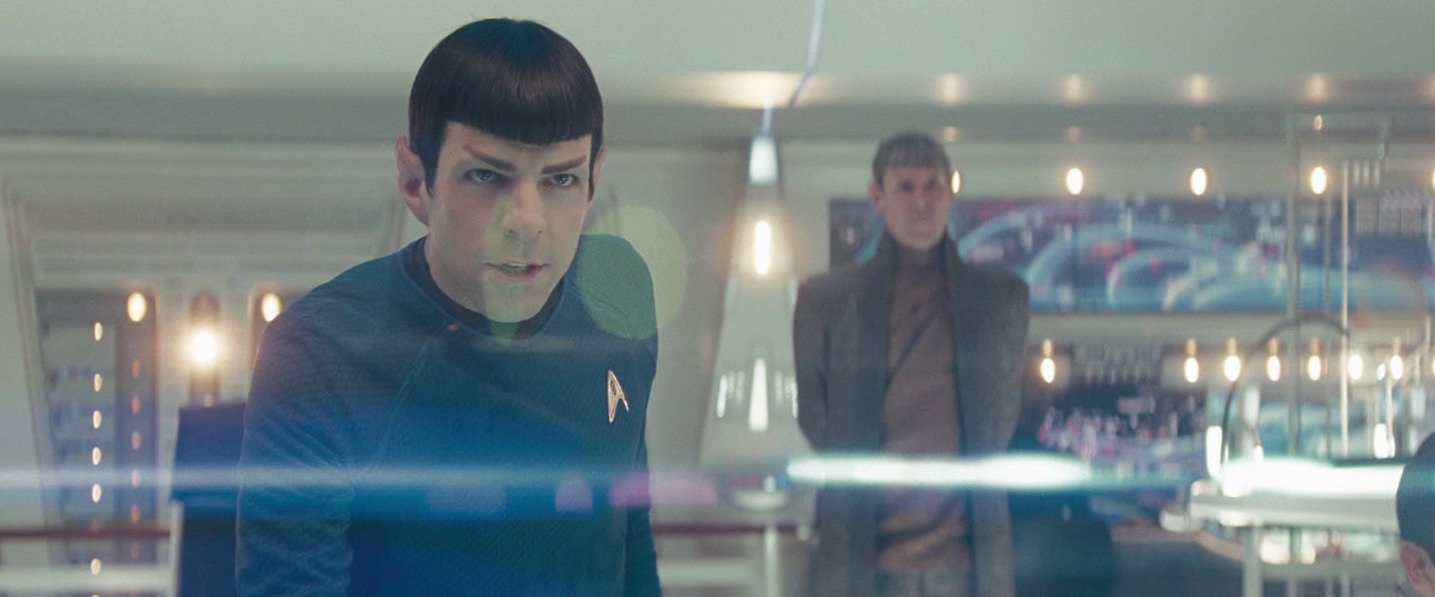
Lens Flares
Lens flares occur when a bright focused light is directed at the lens, causing little reflective light spots, halos, or streaks to appear. Lens flares are generally seen as an unwanted annoyance, but some people intentionally try to integrate the look into shots as a stylistic choice. The general public doesn't always appreciate these little guys obscuring details or distracting from the subject, so it is recommended to use flares sparingly.
Director J.J. Abrams explains why there are so many lens flares in 'Star Trek'

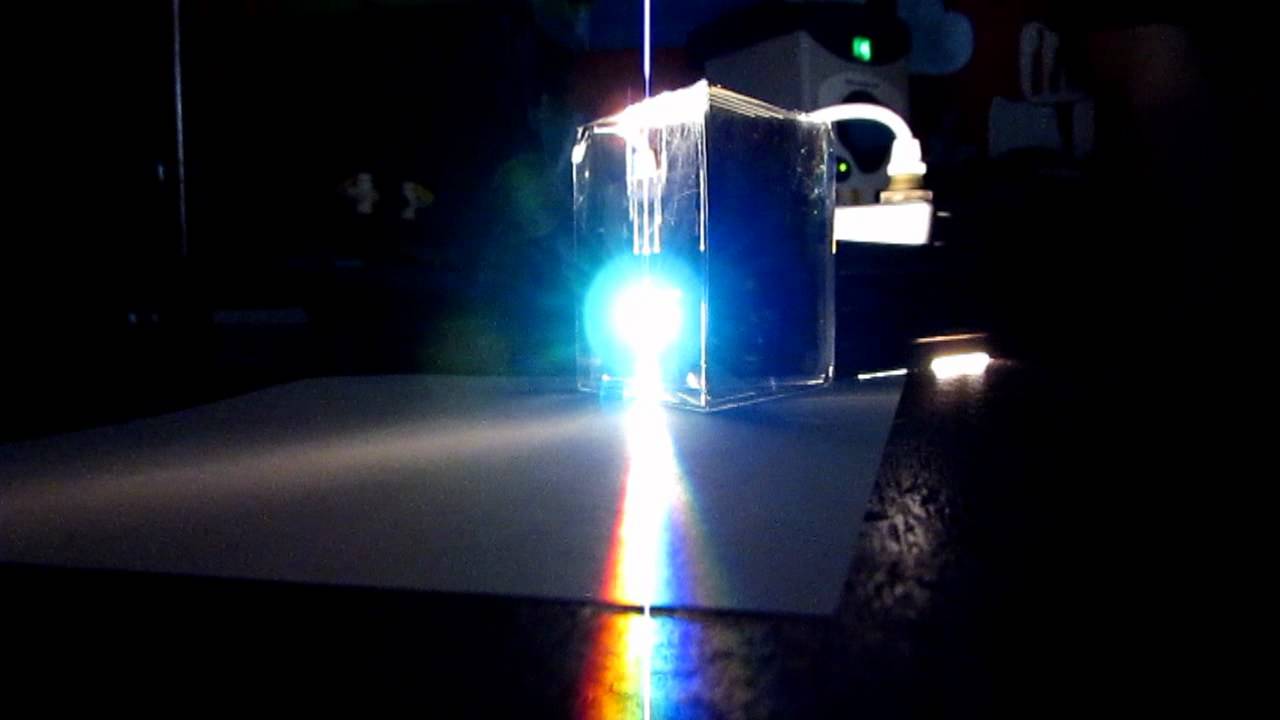
Light
Color is derived from a spectrum of visible light. Light waves/particles have various properties such as reflection, refraction, and bending. Knowing the science of optics and how light properties work isn't absolutely necessary to be a good photographer, but it can be an asset to developing advanced visual tricks.
Blue Man Group: Rods and Cones
Vsauce: What Is The Resolution Of The Eye?

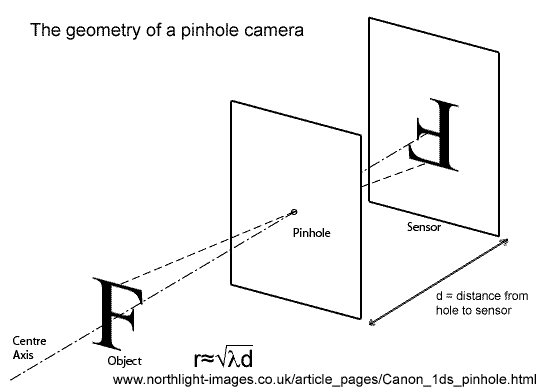
Pinhole Camera
A pinhole camera is basically just a box with a tiny hole in one side. If a sensor or light sensitive paper is attached to the side opposite the pinhole, it will capture an upside down image. This is how a rudimentary camera works.

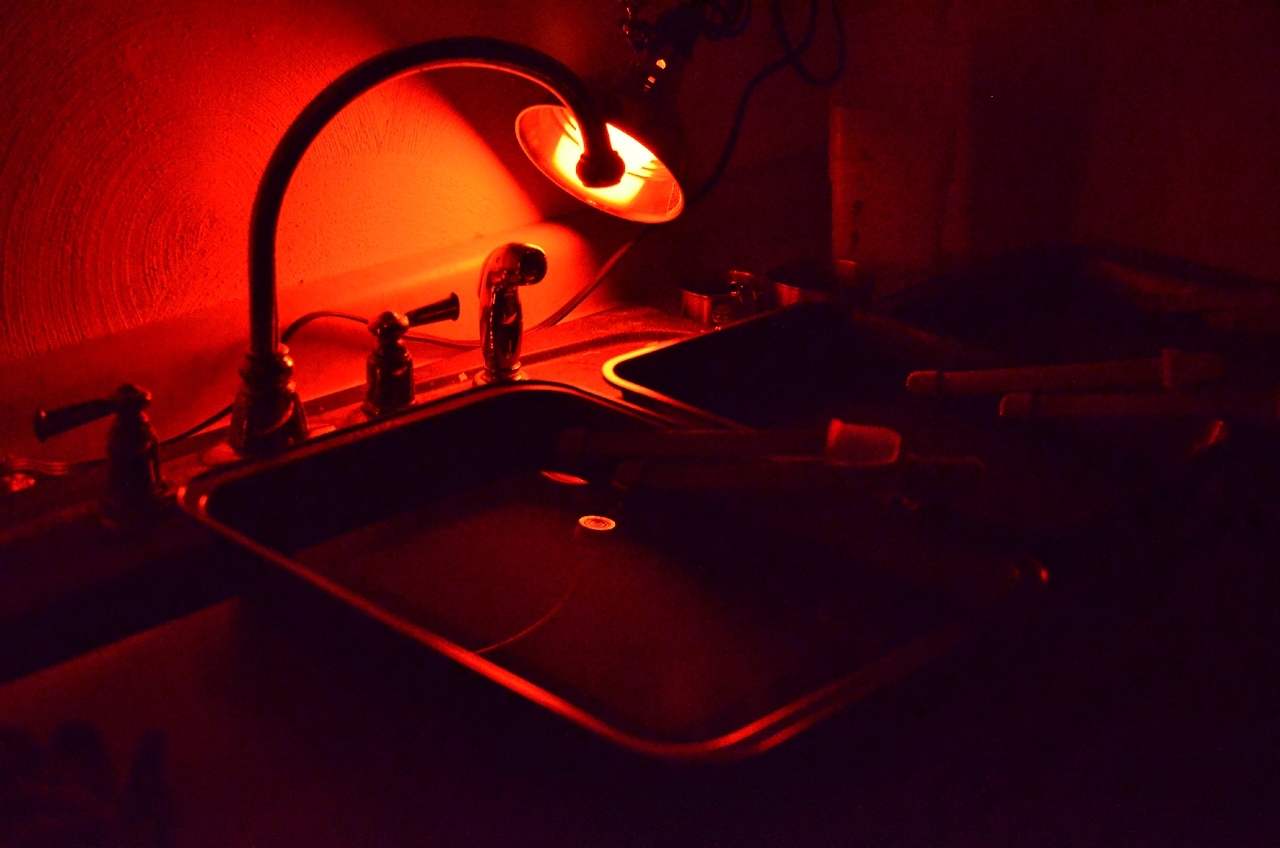
Working in a Darkroom
Darkrooms are used to develop photographs in film emulsion. It is essential that no uwanted light spill into the room during development. Most darkrooms are equipped with chemical baths, running water, and red or amber colored safelights. An enlarger is a tool used to project film negatives onto different sizes of photographic paper. Photographs are hung up to dry on a clothesline. It generally takes thirty minutes to an hour for the negatives to develop. Printing takes practice with multiple test strips to get the right levels of exposure and contrast.

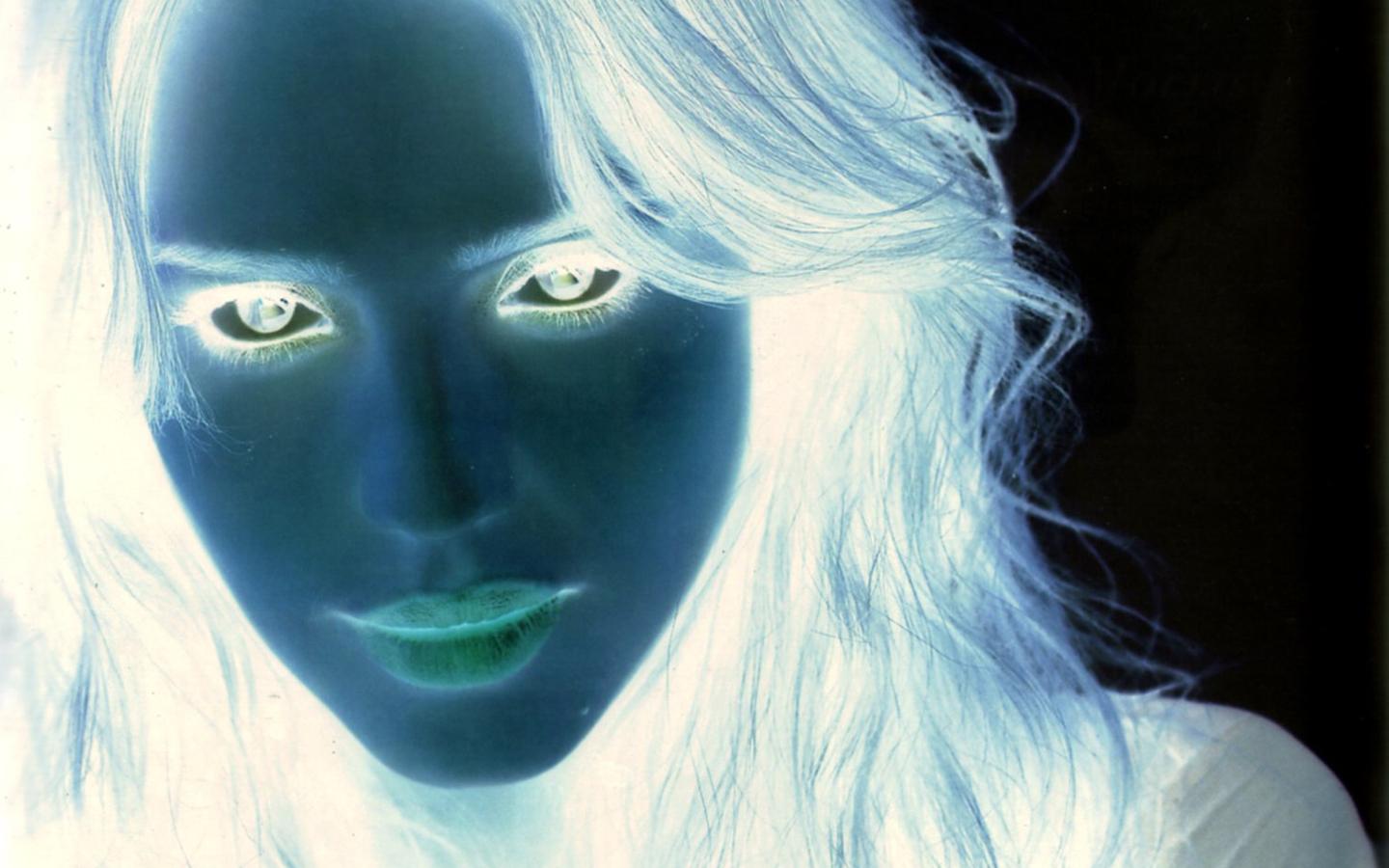
Inverting Images
Film negatives were used in the development process of photographs as a means of transferring the image from filmstrip to photo paper. Digital sensors don't need to do this, but photo editing software makes it easy to invert colors to produce an interesting effect. Humans tend to turn a weird blue color due to blue being the complementary color of orange, which is the most dominant pigmention in the skin. The soft glow is caused by subsurface scattering of light passing through the outer layers of the skin and hair.

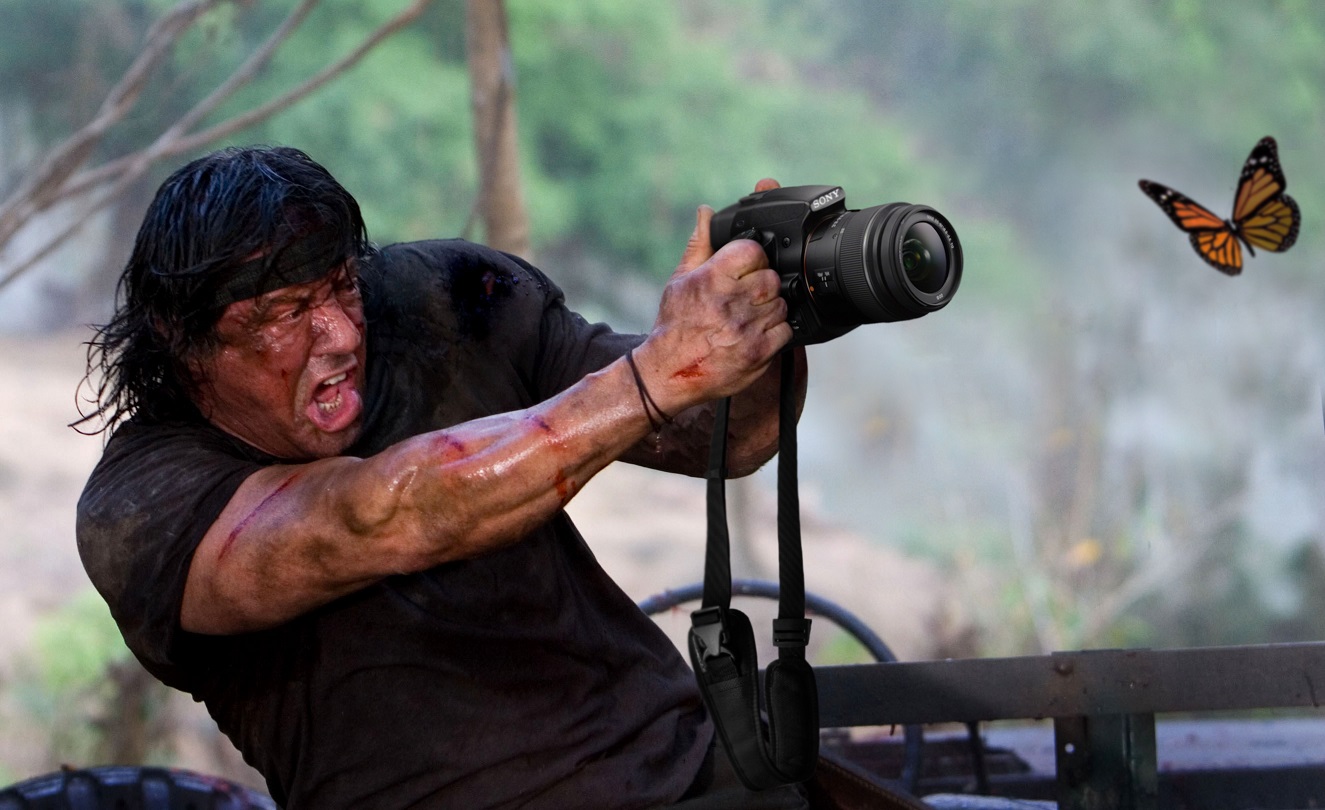
Extreme Photography
Sometimes the photographer has to capture difficult to photograph action sequences, or access difficult to reach areas where a tripod won't work. Taking risky shots is part of good photography, and however much photographers may want to have total control over the picture, sometimes the best shots are the ones that are spontaneous. Carrying a camera around everywhere and snapping photos is common in journalism and professional photography, since you can never predict when having a camera handy might catch those once in a lifetime moments.

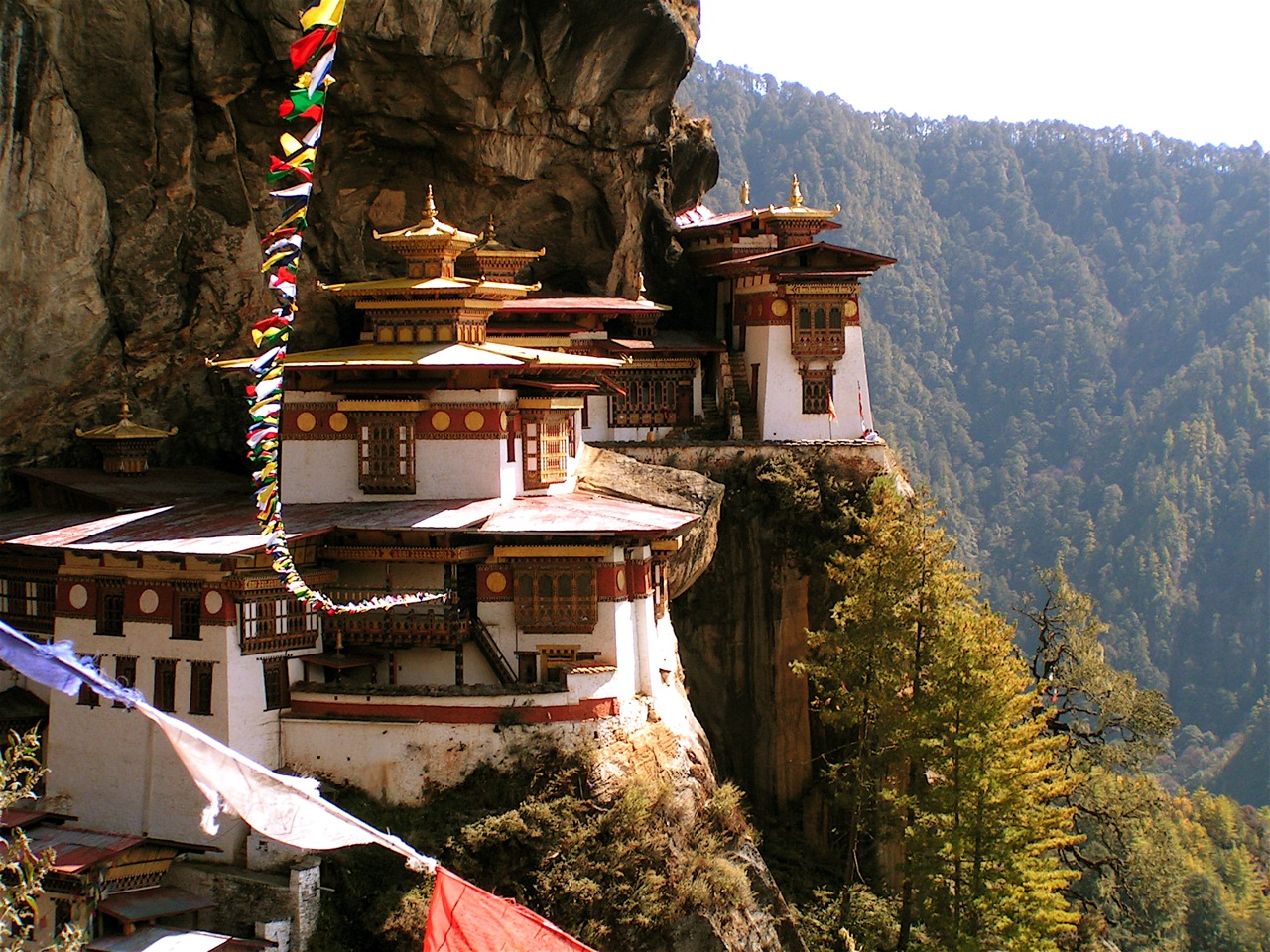
Travel Photography
People who get paid to travel around the world taking photos have one of the coolest jobs ever, right? Unfortunately, it's not always sunshine and rainbows. Many travel photographers do not get sponsored unless they have a lot of experience. For the first few years, you'll probably have to pay expenses out of pocket.
Photographers have to do extensive research about the locations and local culture of every place they visit. Scheduling is often very frantic as the photographer tries to document as much as possible in a short amount of time. Some photographers spend so much time taking notes that there isnt much time left to slow down and enjoy the experience.
Traveling requires a lot of dealing with customs, visas, and setting up contacts and lodging. Travel kits need to be kept lightweight and portable. Always prepare for adverse weather, lost signals, lost directions, and having words lost in translation. Despite certain hardships, travel photography presents some really unique opportunities that lead to lots of lasting friendships and memorable experiences.
BoredPanda: Llama with no Drama Goes On Vacations Around The World

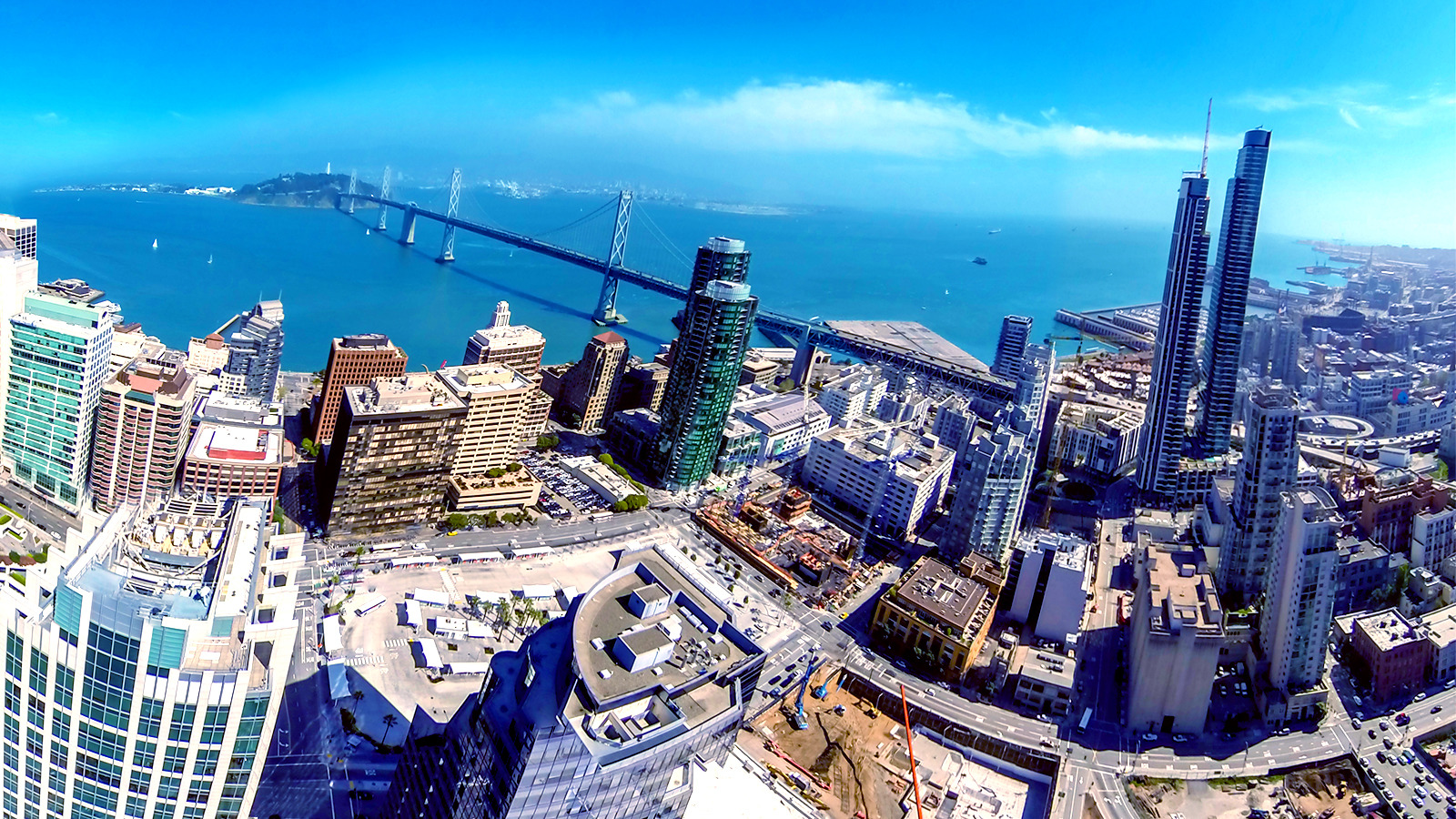
Aerial Photography
Aerial photography used to be limited to climbing really tall buildings or renting a helicopter, but remote drones have revolutionized the ease of filming overhead shots. A wide angle lens is usually preferred to capture panoramic shots.
The Grid: Aerial Photography
Cult of Mac: The Amazing Aerial Photography of Jason Hawkes
Lifehacker: Drones 101: Flying And Photography Tips For Beginners
Invision Studio: Understanding Basic FAA Regulations For Aerial Photography Services

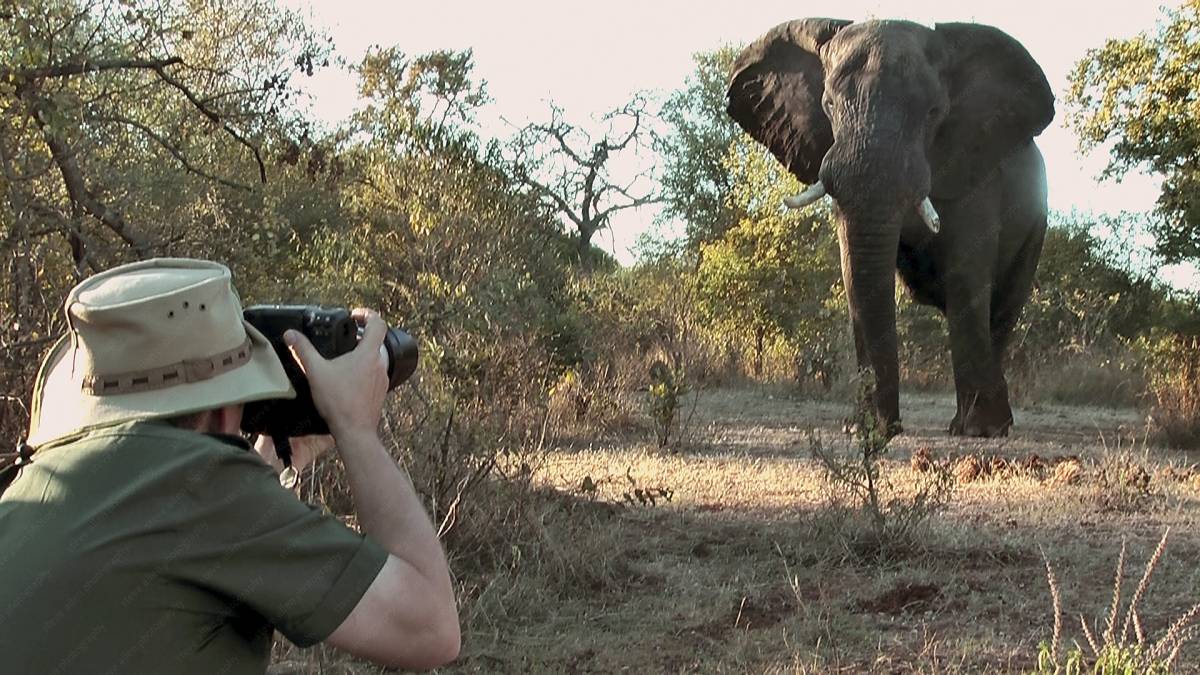
Wildlife Photography
An insider secret is that many professional wildlife photos are taken in zoos or protected sanctuaries. Wild animals can be difficult to approach in nature, and traveling to exotic locations is expensive. Most wildlife photographers use a telephoto lens, which will produce a close up shot from a distance away. These lenses are very bulky and heavy, requiring a tripod for support.
Wild animals are not pets. Some animals can be unpredictable and dangerous, which is why it is always best to keep a safe distance and not disturb the animals in their natural habitat. Most animals are more curious than aggressive, and will only attack if provoked or threatened. Camouflage and tree stands are sometimes used to blend in.
Mpora: 14 Times Being A Wildlife Photographer Was The Best Job In The World
Wildlife Capturing Times: Wildlife Photography Techniques
Wildlife Capturing Times: True Wildlife Photographer

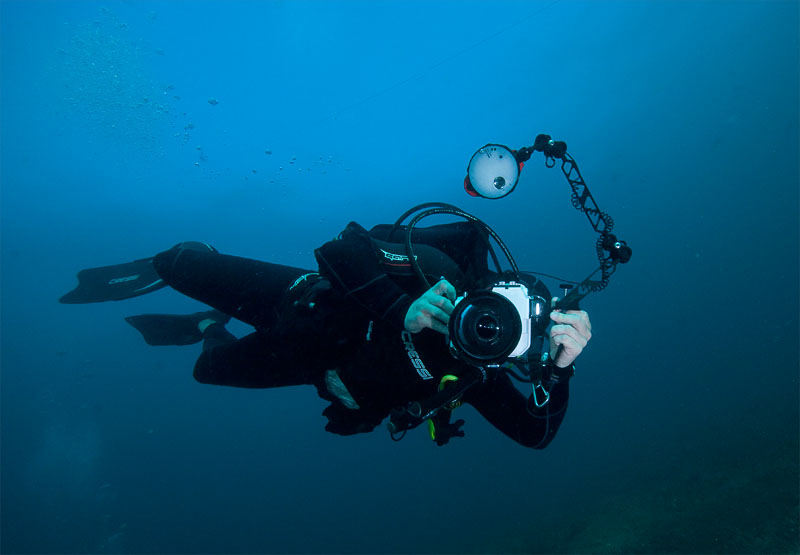
Underwater Photography
Most cameras are not waterproof! Underwater photography typically requires a special type of camera. If you're willing to take a risk with your expensive equipment, sealing off a regular camera in a plastic bag might work as a cheap alternative. Obviously the results might not look quite as professional as the proper equipment. The camera should also not be immersed very deep, since water pressure increases with depth and could damage the camera.
If deep sea diving in the open ocean, you will need scuba diving lessons, a depth rated camera, and an additional lighting rig. Also, don't touch the fragile coral or kidnap any baby clownfish.

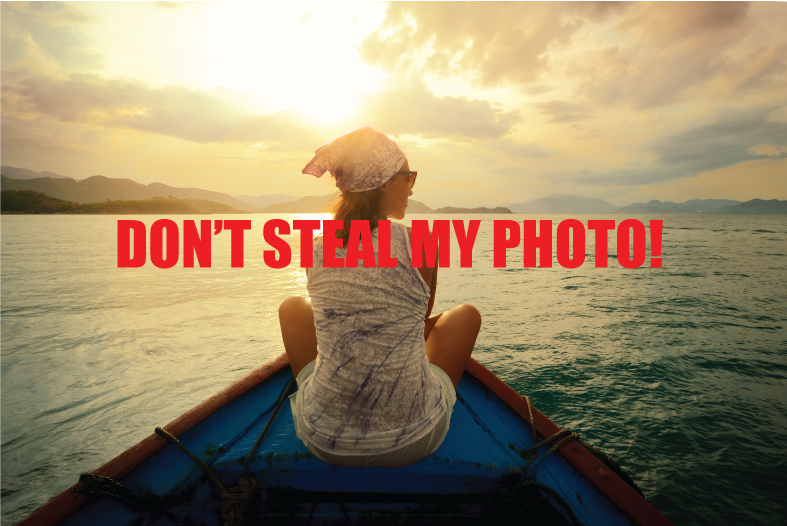
Watermarking
If you plan on selling photography professionally, it may be advisable to watermark, sign, or tag your photos. Otherwise, people will find a nice photo online and copy and paste it without a second thought to accrediting the photographer. Most people aren't trying to steal, but unfortunately there are instances where people will attempt to pass off stolen photos as their own work to sell or enter in competitions. Watermarks ensure you get some recognition for your photography skills, and can direct additional traffic to your website.
There are some disadvantages to tagging photos, the most obvious being the text may take away from the aesthetics of the photo. Watermarked photos may also be shared less frequently. Less obtrusive watermarks look better, but they can sometimes be easily removed in Photoshop.
MCP Actions: Should you Watermark Your Photos?
Camera Stupid: Should you Watermark your Photographs?
Fstoppers: Does It Matter? Why You Shouldn't Need To Watermark Your Images
PetaPixel: When Watermarking Photos Gets Taken Too Far

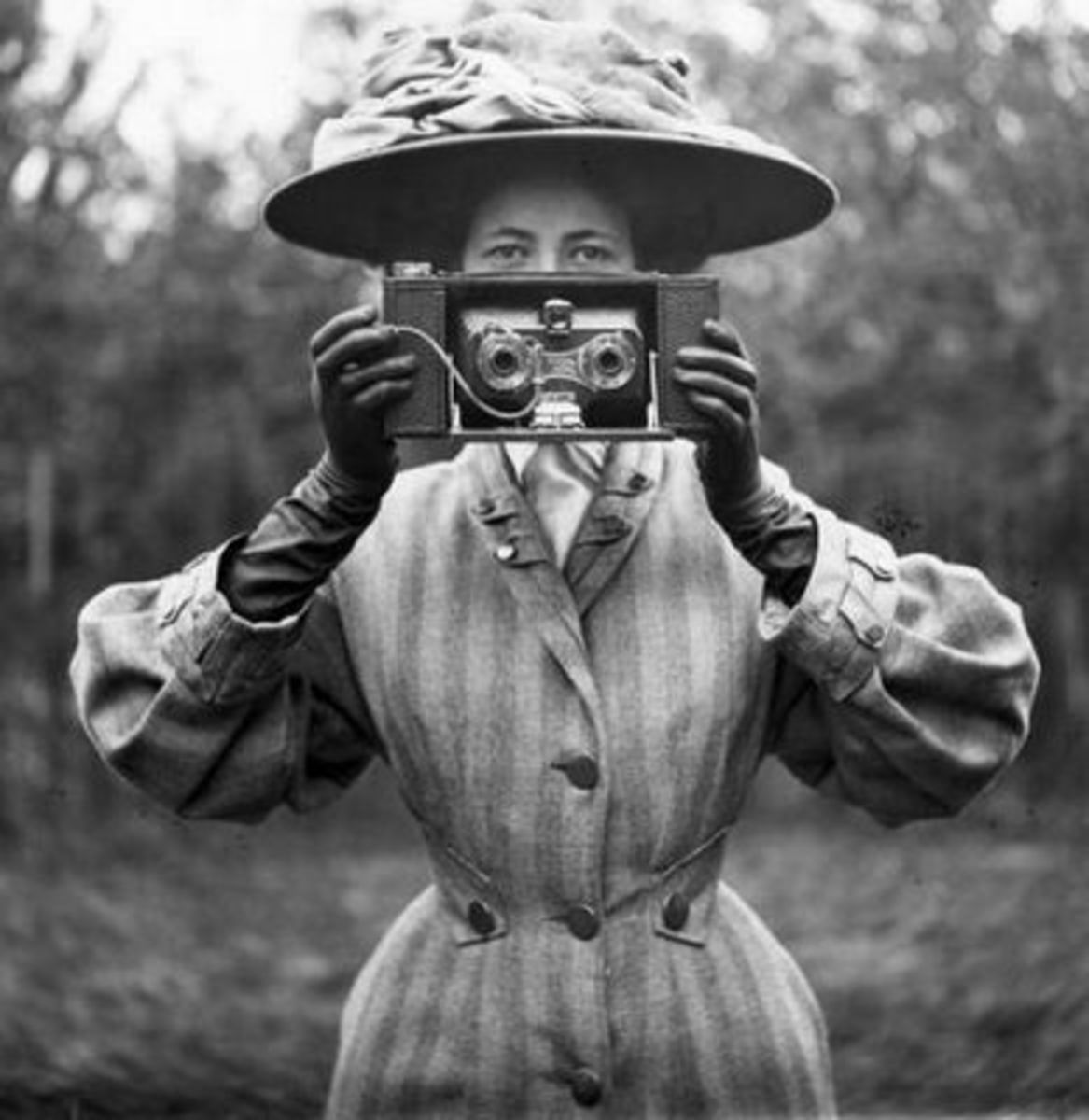
Advanced Tutorials- Hopefully Coming Soon
Photography
Diopters
Light Sensitive Emulsion
Selfie Sticks and Cameraphones
360 Degrees Photography
Refraction
Mirage
Infrared and Ultraviolet
Submitting to Competitions and Publishers
Fashion Photography

